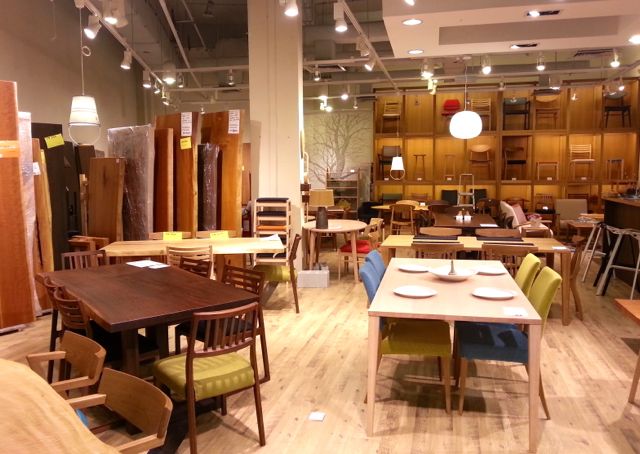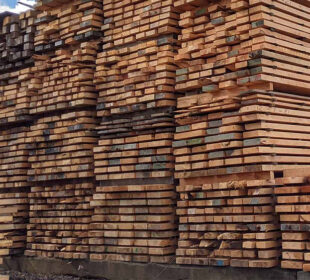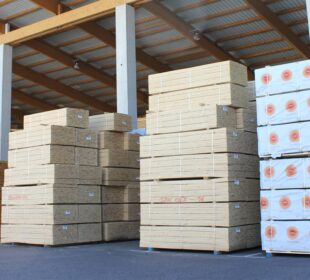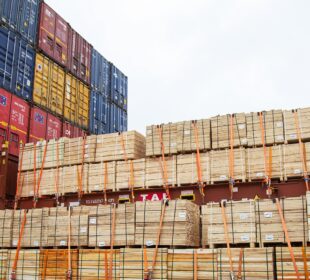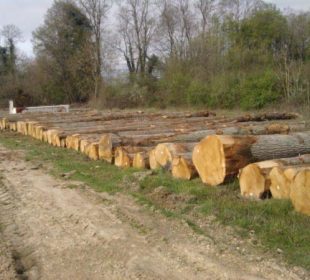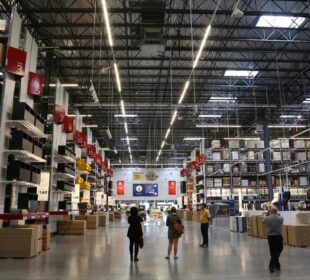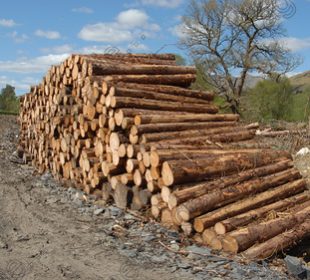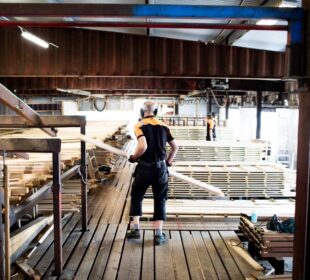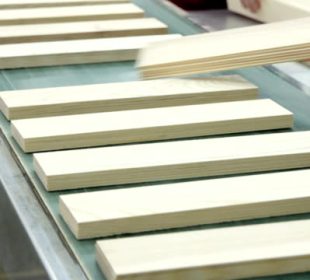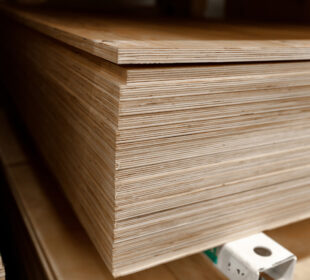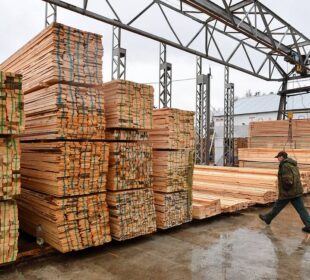Increasingly advanced computer-controlled and automated manufacturing has also benefited European producers, boosting their productivity, cutting overheads and reducing the relative labour cost advantages of competitors, such as those in Asia.
“The increasing migration of European furniture sales online additionally favours a local manufacturing base,” said a German designer/producer. “It is better placed to meet the short lead times demanded by today’s EU internet retailers and consumers.”
Whether it also benefits domestic EU producers that sell in-fashion timber furniture species in the EU market such as oak is more debatable. There’s no doubting oak’s overwhelming dominance of the sector – in the latest development underlining this, it is reported that one of the Europe’s biggest retailer/producer brands is currently looking to sign up a supplier of up to 140,000 cu.m this year.
But while European manufacturers may be close to sources of European oak supply, there are few limits placed on oak log export outside the EU. This is despite efforts by manufacturers in France, in particular, to lobby their government to curb log exports, notably to China.
It’s also notable that EU furniture producers import large quantities of US white oak and that Asian producers also have ready access to this material. In fact, a number of companies at the IMM-Cologne and JFS-Birmingham exhibitions were showcasing EU-designed ranges manufactured in US white oak by joint venture or subcontractor partners in South East Asia, notably Vietnam.

